About this item
- PULLS OUT BLACK/WHITEHEADS FROM THE SKIN: UrbanGabru Charcoal Activated Black Peel Off Mask draws out those stubborn black/whiteheads from the face that have been stuck forever. It further minimizes build up of black/whiteheads again to save your struggle.
- CONTAINS THE POWER OF ACTIVATED CHARCOAL: This blackhead peel off mask is composed of bamboo charcoal. It exfoliates the skin and helps in removing dead skin cells giving the space for a younger looking skin to breathe.
- GIVES AN ACTIVE COOLING EFFECT: In the times of heat, dirt and pollution, this Charcoal Activated Black Peel Off Mask is going to come in handy. Its ingredients help the skin to cool down and breathe. Apply it on your face and within minutes it will start doing its work.
- DEEP CLEANSES THE SKIN: If you are thinking of a peel off mask for oily skin or dry skin, this is it. You do not have to worry about your skin anymore because this is the solution that your skin needs. It not only cleanses the pores but also detoxifies the skin.
- TIME-SAVING AND CONVENIENT TO USE: If you are searching for the right Charcoal Activated Black Peel Off Mask for men or women then your search ends here. All it takes is 15 minutes to revive your skin. This black peel off mask is simple to use. Just slip it in your bag wherever you go.
Introduction to Charcoal Face Mask
The charcoal face mask has become an essential skincare product for anyone looking to achieve a clear, radiant complexion. Derived from activated charcoal, these masks are renowned for their ability to detoxify the skin and remove impurities effectively. Whether you are dealing with acne, blackheads, or dull skin, the charcoal face mask offers a natural solution that penetrates deep into pores, absorbing excess oils and pollutants that can cause skin problems. Unlike ordinary masks, the charcoal face mask combines deep cleansing with gentle exfoliation, making it suitable for most skin types.
Activated charcoal, the main ingredient in the charcoal face mask, is known for its porous structure, which allows it to trap toxins and debris. When applied to the skin, the charcoal face mask works like a magnet, drawing out dirt and unclogging pores. Regular use of the charcoal face mask can help prevent breakouts, reduce acne scars, and improve overall skin texture.
The growing popularity of the charcoal face mask is also due to its versatility. Some formulations include additional ingredients like aloe vera, tea tree oil, or clay, enhancing the mask’s benefits. For instance, a charcoal face mask with tea tree oil can help combat bacterial infections, while aloe-infused options soothe irritated skin. These combinations make the charcoal face mask a multifunctional product suitable for daily or weekly skincare routines.
Benefits of Using a Charcoal Face Mask
Using a charcoal face mask regularly offers multiple benefits. One of the primary advantages is its ability to detoxify the skin. Environmental pollutants, makeup residue, and oil build-up can leave your skin looking tired and dull. A charcoal face mask removes these impurities efficiently, leaving your skin refreshed and rejuvenated.
Another significant benefit of the charcoal face mask is its capacity to reduce blackheads. Many people struggle with blackheads, particularly on the nose and chin. By applying a charcoal face mask, the pores are unclogged, and the blackheads are lifted without harsh scrubbing or chemicals. The result is smoother skin with a more even tone.
How to Use for Maximum Results
Applying the product correctly is key to achieving the best outcome. Begin with a clean, dry face. Gently apply a thin, even layer over the skin, avoiding sensitive areas like the eyes and lips. Allow it to sit for the recommended duration, usually 10–15 minutes, until it begins to dry.
Once the mask has set, it can be removed depending on its type—peel-off versions should be lifted slowly from the edges, while clay or gel types can be rinsed with lukewarm water. Using lukewarm water ensures that the skin is not shocked by extreme temperatures and helps retain moisture. After removal, follow up with a gentle toner to restore pH balance and a hydrating moisturizer to lock in the benefits.
Consistency is essential. Incorporating this into a skincare routine 1–3 times a week can prevent buildup of oil and impurities while maintaining a refreshed, smooth complexion. Overuse should be avoided as it may cause dryness or irritation.
Precautions and Skin Considerations
While generally safe for most skin types, some precautions are necessary. Conduct a patch test before first use to rule out allergic reactions or sensitivity. Apply a small amount to the inner arm or behind the ear and wait 24 hours. If redness, itching, or irritation occurs, it is best to avoid using the product on the face.
Individuals with extremely sensitive or broken skin should consult a dermatologist before use. Overuse can lead to excessive dryness or irritation, particularly in harsh climates or during winter months. Using a light moisturizer after each session helps maintain skin hydration and prevents flakiness.
Certain ingredients may cause temporary tingling or slight redness. This reaction is normal and generally fades within a few hours. However, persistent discomfort should be addressed by ceasing use and consulting a professional.
DIY Home Applications
For those interested in natural alternatives, homemade versions can be created using simple ingredients available in the kitchen. A mixture of bentonite clay, water, and a small amount of honey creates a gentle purifying mask that helps draw out impurities. Another variation combines yogurt, aloe vera, and a powder base for hydration and calming benefits.
These home remedies allow for customization based on skin type. For instance, adding a few drops of tea tree oil can enhance antibacterial properties, while oatmeal helps soothe irritated skin. Experimentation and moderation are important, as overly thick or harsh mixtures can cause irritation.
Comparing Different Types
Not all products are created equal. Some are designed primarily for cleansing and oil control, while others focus on hydration or exfoliation. Clay-based varieties excel at absorbing excess oil, whereas gel types are suitable for maintaining moisture while gently detoxifying.
Peel-off forms provide immediate visible results by lifting impurities from the surface, while sheet variants offer convenience and infused nutrients for a more nourishing experience. Choosing the right type depends on individual skin needs, frequency of use, and desired results.
Understanding the differences ensures a more effective routine. Combining different types in rotation can address multiple concerns, such as using a deep-cleansing version once a week and a hydrating option in between for balance.
Benefits Beyond Cleansing
While the primary function is cleansing, the product provides additional advantages. Regular use can improve skin texture, reduce the appearance of fine lines, and enhance natural radiance. It also promotes better absorption of subsequent skincare products, maximizing the effectiveness of serums and moisturizers.
The mask’s gentle exfoliating effect removes dead skin cells, encouraging cell turnover. This can result in a smoother, brighter complexion over time. Increased blood circulation during application also contributes to healthier, more vibrant skin.
Integrating Into Skincare Routine
Incorporating it into a comprehensive regimen ensures optimal results. Begin with cleansing, followed by exfoliation if necessary. Apply the mask according to instructions, and after removal, continue with toner, serum, and moisturizer. Sun protection is essential during the day to prevent damage to newly refreshed skin.
For targeted concerns like acne or uneven skin tone, combining it with complementary products such as calming serums, hyaluronic acid, or niacinamide can provide synergistic benefits. This layered approach ensures that the skin receives both detoxification and nourishment in one cohesive routine.
Longevity and Storage Tips
Proper storage helps maintain efficacy. Keep it in a cool, dry place away from direct sunlight to prevent degradation of active components. Avoid contamination by using clean applicators and closing containers tightly after each use.
Check expiration dates and avoid using products that have changed in texture, color, or scent, as these can indicate reduced potency or contamination. Following these guidelines ensures that each application delivers maximum results.
Customer Experiences and Testimonials
Many users report visible improvements after consistent use. People with oily or combination skin often notice fewer breakouts and smoother texture, while those with dry or sensitive skin appreciate the gentle cleansing and refreshed feel. Positive feedback frequently highlights the balance between detoxification and moisture retention.
Long-term users observe a reduction in blackheads and clogged pores. Some note an improvement in skin tone and radiance, attributing it to the regular removal of impurities and dead skin cells. Others mention enhanced absorption of moisturizers and serums post-application, suggesting that it supports an overall effective skincare routine.
Some testimonials emphasize convenience. For example, peel-off versions allow users to see impurities being removed instantly, providing both satisfaction and a tangible sense of cleanliness. Sheet masks, on the other hand, offer a spa-like experience at home, promoting relaxation and a self-care routine that combines wellness with skincare.
Scientific Background
The effectiveness of these masks can be traced to their core ingredients. Activated charcoal, for example, has a highly porous structure capable of trapping toxins and impurities. This structure allows it to bind to environmental pollutants, excess oils, and debris present on the skin’s surface, facilitating a deep cleanse.
Clay components often included in these masks help draw out oil while providing minerals beneficial for the skin. Hydrating agents like aloe vera and hyaluronic acid support moisture retention, preventing dryness while cleansing. Essential oils such as tea tree or lavender add antibacterial and soothing properties, enhancing the product’s overall efficacy.
Regular application supports exfoliation and cell turnover. By removing dead skin layers, circulation is stimulated, promoting the skin’s natural regeneration processes. Over time, this contributes to smoother texture, minimized pores, and improved skin health.
Environmental and Ethical Considerations
Many modern skincare products are designed with sustainability in mind. Brands often emphasize cruelty-free testing, eco-friendly packaging, and responsibly sourced ingredients. Choosing products with these values ensures that skincare routines are environmentally conscious.
Biodegradable packaging and non-toxic formulations reduce the ecological footprint. Ingredients like plant-based extracts or naturally derived clays provide effective results without relying on harmful chemicals. Consumers increasingly prioritize ethical sourcing and transparency, making these factors an integral part of product selection.
Advanced Skincare Tips
For optimal results, it’s helpful to tailor usage according to skin type and environmental conditions. Oily skin types benefit from weekly deep cleansing sessions, while dry skin may require more hydrating formulations and less frequent use.
Pairing masks with gentle exfoliants or serums enhances overall outcomes. Applying a nourishing serum immediately after removal ensures deeper penetration and absorption. Combining masks with a well-rounded routine—cleansing, toning, hydrating, and sun protection—creates a comprehensive approach to maintaining skin health.
Lifestyle factors also play a role. Adequate water intake, balanced nutrition, and proper sleep contribute to skin radiance. Masks function best as part of a holistic routine rather than a standalone solution, supporting overall wellness and skin vitality.
DIY and Customization Ideas
Homemade variations provide flexibility for specific skin needs. Mixing clay with natural oils, honey, or herbal powders allows users to create a formulation suited for hydration, calming irritation, or targeting oil control. Adding ingredients like turmeric, green tea, or oatmeal can enhance soothing, anti-inflammatory, or antioxidant benefits.
Experimenting with consistency is important. A thinner paste is ideal for sensitive areas, while a slightly thicker blend allows for deeper cleansing. Patience during drying and careful removal prevent unnecessary irritation, ensuring a comfortable application process.
Integrating Into Different Skincare Regimens
Masks complement both minimalistic and elaborate routines. For minimalists, a weekly session combined with cleanser and moisturizer provides visible results. For multi-step routines, pairing masks with serums, toners, or moisturizers enhances overall benefits.
Travel routines can also incorporate single-use sheets or pre-mixed options. These provide convenience without compromising efficacy, supporting consistent care even on the go. This flexibility ensures skin remains balanced regardless of environment or schedule.
Seasonal Adjustments
Skin reacts differently to seasonal changes. During summer, masks targeting oil control and pore clearing are more beneficial, while winter formulations focus on hydration and gentle exfoliation. Tailoring usage according to seasonal requirements maintains balance and prevents dryness or breakouts.
Masks can also serve as a quick refresh after environmental stressors such as pollution or prolonged sun exposure. They provide immediate relief and rejuvenation, contributing to consistent skin care throughout the year.
Long-Term Benefits
Over time, regular application leads to improved skin resilience. Pores appear smaller, texture becomes smoother, and breakouts are less frequent. Enhanced circulation and removal of impurities support a youthful, radiant appearance.
The psychological benefits of self-care routines should not be underestimated. Taking time for facial treatments promotes relaxation, reduces stress, and encourages mindfulness, indirectly benefiting overall skin health.
Combining With Other Treatments
Masks can be combined with treatments like facial massages, gua sha tools, or steaming sessions. Gentle massage enhances circulation, supporting the removal of toxins and improving skin tone. Steaming prior to application opens pores, allowing deeper absorption and more effective cleansing.
Professional vs. Home Use
While professional treatments offer immediate results with advanced techniques, home applications provide accessibility, affordability, and control over ingredients. Consistency at home can achieve comparable benefits over time, particularly when paired with a complete skincare regimen.
Common Mistakes to Avoid
Overuse can strip the skin of natural oils, leading to dryness and irritation. Applying too thick a layer or leaving it on longer than recommended may cause discomfort. Skipping moisturizing post-application can hinder hydration. Understanding and following instructions ensures safe and effective use.
Skincare Routine Integration
The ideal routine involves cleansing, application, removal, toning, hydration, and sun protection. Masks enhance the effectiveness of other products by preparing the skin to absorb active ingredients more efficiently. Adjusting frequency based on skin type, environmental factors, and lifestyle ensures optimal results.
Final Thoughts
Incorporating masks into a regular routine promotes balanced, healthy, and radiant skin. Beyond cleansing, they offer exfoliation, hydration support, and enhanced circulation. Customization, seasonal adjustments, and integration with other products maximize benefits.
Long-term commitment, combined with a holistic approach including nutrition, hydration, and sun protection, ensures not only healthier skin but also an improved sense of well-being. Masks are a simple yet effective tool in achieving and maintaining skin vitality over time.
How to Use for Maximum Results
Applying the charcoal face mask correctly is key to achieving the best outcome. Begin with a clean, dry face. Gently apply a thin, even layer of the charcoal face mask over the skin, avoiding sensitive areas like the eyes and lips. Allow it to sit for the recommended duration, usually 10–15 minutes, until it begins to dry.
Once the charcoal face mask has set, it can be removed depending on its type—peel-off versions should be lifted slowly from the edges, while clay or gel types can be rinsed with lukewarm water. Using lukewarm water ensures that the skin is not shocked by extreme temperatures and helps retain moisture. After removal, follow up with a gentle toner to restore pH balance and a hydrating moisturizer to lock in the benefits of the charcoal face mask.
Consistency is essential. Incorporating the charcoal face mask into a skincare routine 1–3 times a week can prevent buildup of oil and impurities while maintaining a refreshed, smooth complexion. Overuse should be avoided, as excessive application of the charcoal face mask may cause dryness or irritation.
While generally safe for most skin types, some precautions are necessary when using a charcoal face mask. Conduct a patch test before first use to rule out allergic reactions or sensitivity. Apply a small amount of the charcoal face mask to the inner arm or behind the ear and wait 24 hours. If redness, itching, or irritation occurs, it is best to avoid using the charcoal face mask on the face.
Individuals with extremely sensitive or broken skin should consult a dermatologist before using a charcoal face mask. Overuse can lead to excessive dryness or irritation, particularly in harsh climates or during winter months. Using a light moisturizer after each session helps maintain skin hydration and prevents flakiness when using the charcoal face mask.
Certain ingredients in the charcoal face mask may cause temporary tingling or slight redness. This reaction is normal and generally fades within a few hours. However, persistent discomfort should be addressed by ceasing use and consulting a professional before continuing with the charcoal face mask.
Advanced Application Techniques
For those seeking deeper results, advanced application methods can enhance effectiveness. Applying a thin, even layer using a brush ensures smooth coverage and precise application, particularly in hard-to-reach areas such as around the nose or chin. Gentle upward strokes help stimulate circulation and improve absorption of beneficial ingredients.
Layering with other treatments, such as serums or oils, can provide synergistic effects. Applying the mask after a light exfoliation session opens the pores, allowing active compounds to penetrate more effectively. Following removal, a hydrating serum locks in moisture, maximizing overall results.
Targeted Use for Specific Concerns
Different skin concerns may require targeted approaches. For individuals with blackheads or clogged pores, focus on areas prone to oil accumulation. Spot treatments can help address problem areas without over-drying surrounding skin.
For sensitive or irritated skin, apply thinner layers and limit frequency. Combining calming ingredients such as aloe vera or chamomile within the application can soothe redness while maintaining cleansing benefits. This approach ensures that even delicate skin can benefit safely.

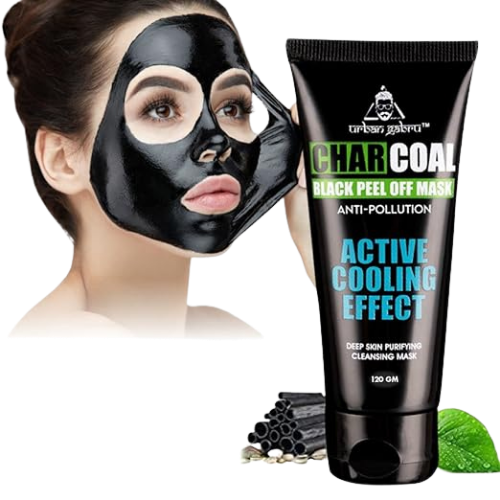
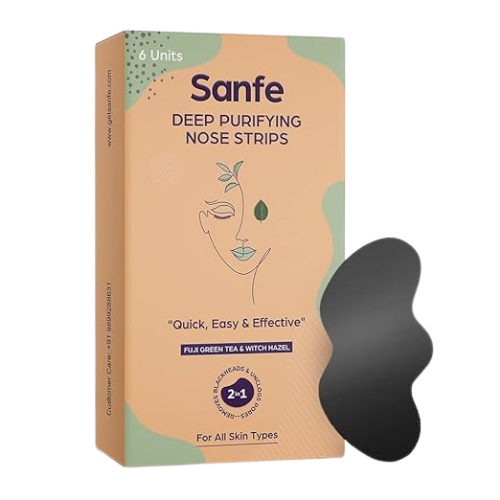
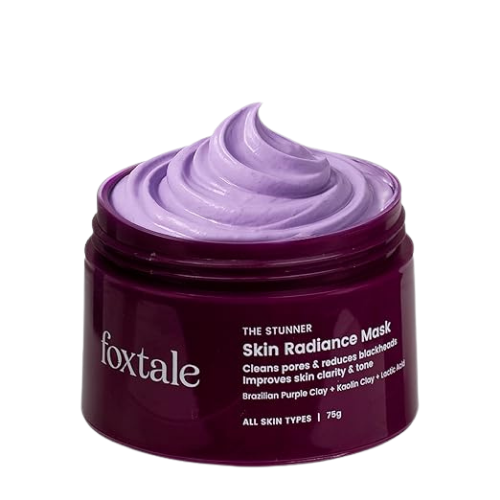
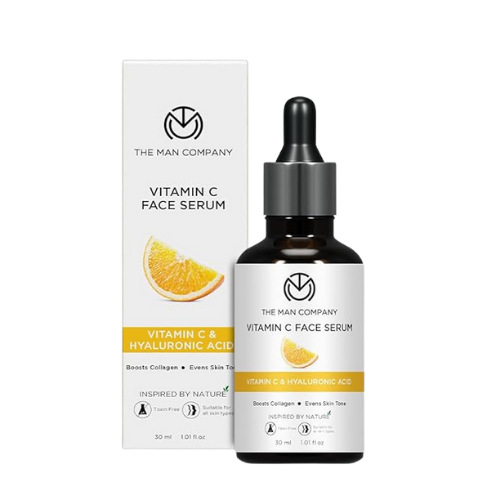
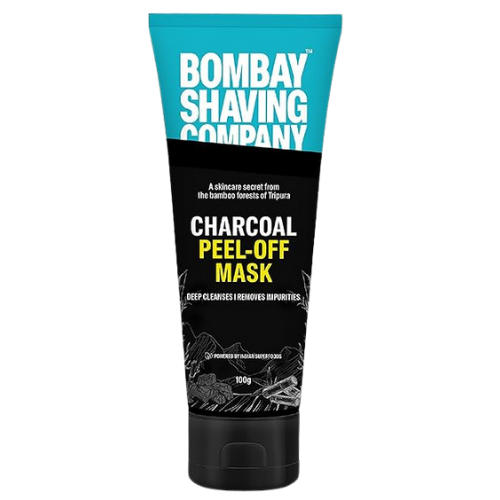
Reviews
There are no reviews yet.